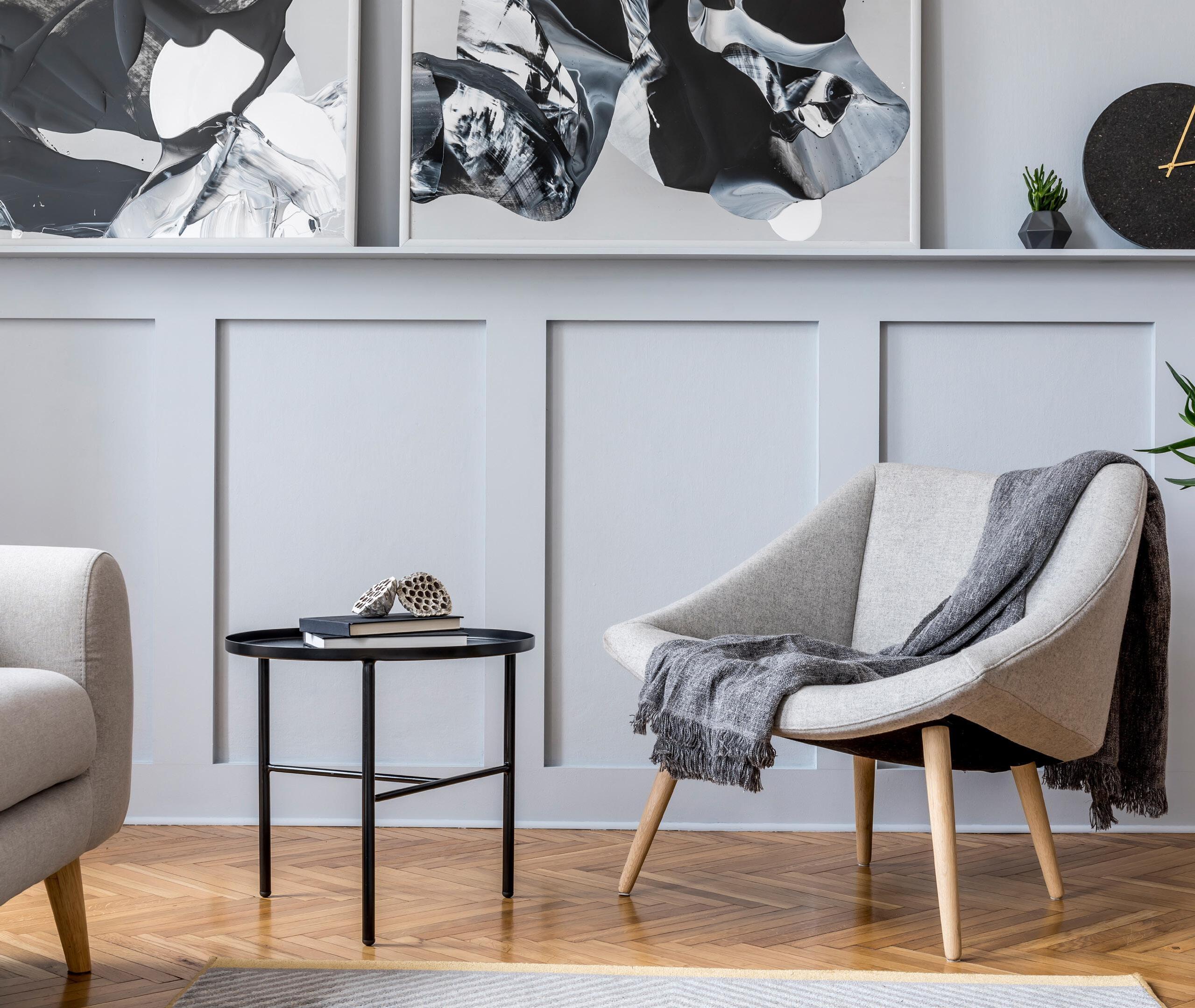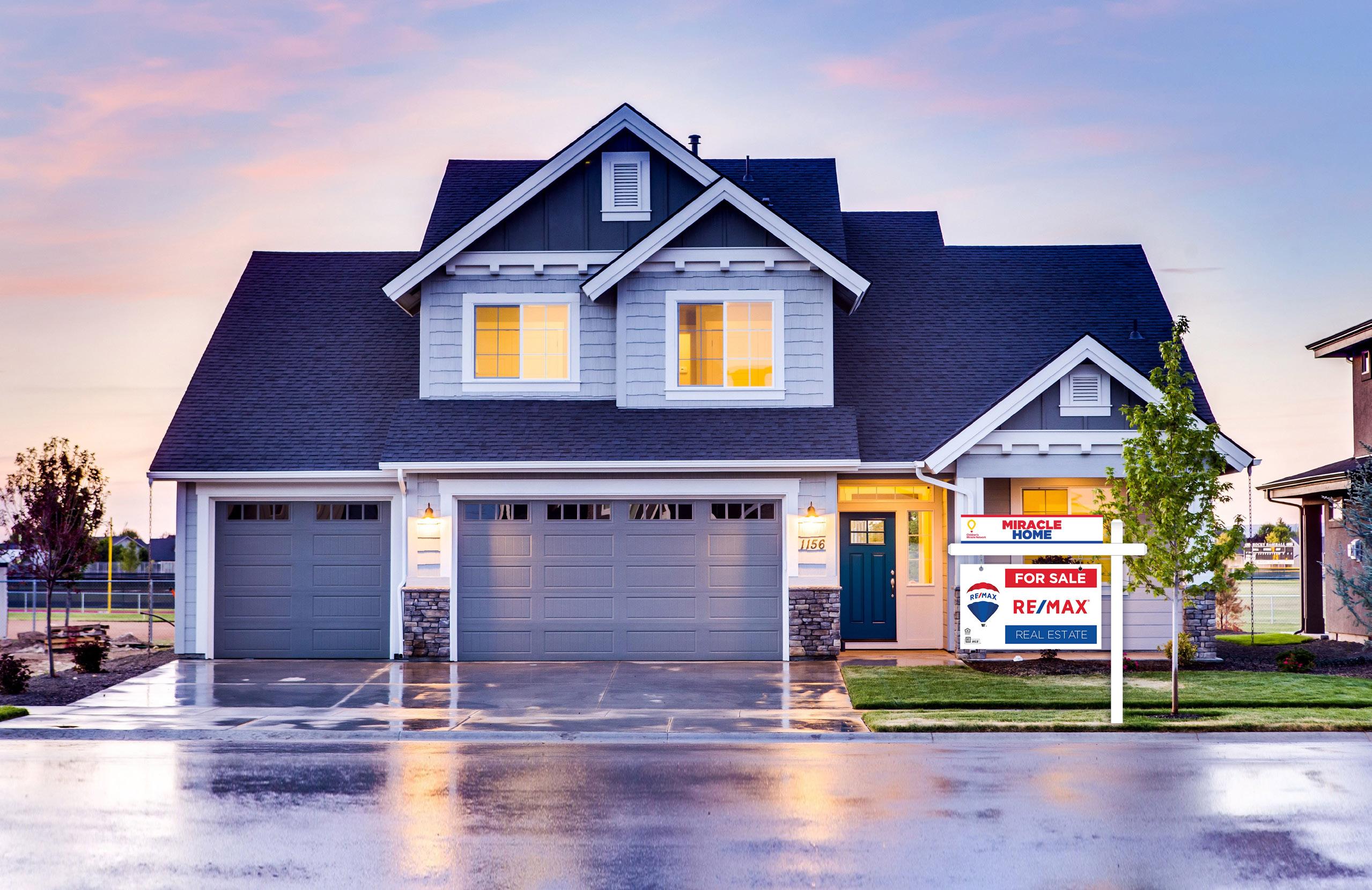
1 minute read
Vacant Homes/ Virtual Staging
from Home Staging Guide
by Maury Dailey
Vacant Home Issues
Selling a vacant home can be more convenient for the seller. It presents an ideal opportunity to paint the walls, maintain the floors and complete any projects that might be difficult to complete while living in the home. However, to buyers, a vacant home may appear empty, unloved and abandoned.
Staging a vacant home illustrates to buyers that it is well-maintained and helps them envision how each room can be used. Ensure every room contains a piece that matches its role—beds in the bedrooms, a desk in the home office, a table and chairs in the dining room.
Virtual Staging
A home can be staged remotely using photos and videos provided by the homeowner. When selling a vacant property, 3D home staging software uses room measurements to generate renderings, complete with perfectly scaled furniture, paint colour and decor that’s totally on trend – no home visits, furniture rental or heavy lifting required. Connect with your RE/MAX agent to learn more about remote and virtual home staging services.
HOME VIEWING CHECKLIST:
Whether in person, online, or through a live video tour, here are some things that will enhance the viewing of your home:
1. Open patio umbrella
2. Empty/hide all garbage cans
3. Open the blinds and curtains - turn on the lights
4. Put away medications
5. Put away jewelry, personal and financial documents
6. Place a vase of fresh flowers in the front entryway or dining room
7. Turn on classical music
8. Turn off computers
9. Put away pet paraphernalia and take the pets with you when you leave
Contactless Showings
Ready to show buyers what might be their next home? Your RE/MAX agent can schedule a virtual open house or showing for brokers or buyers, promote the event online, and host it via live or prerecorded video. Apps like FaceTime allow people to view the home and ask questions in real time. It’s the next best thing to being there in person. In cases where an in-person showing is required, your agent can minimize contact by
• only holding scheduled showings, no drop-in open houses;
• limiting showings to 1 or 2 people from the same household at one time;

• providing hand sanitizer, face masks, gloves and shoe covers prior to entry;
• turning on all the lights;
• leaving doors, closets and storage areas open;
• making utility areas in the home openly visible;
• accompanying visitors on their tour of the home; and
• cleaning frequently touched surfaces, like doorknobs, after each showing.







